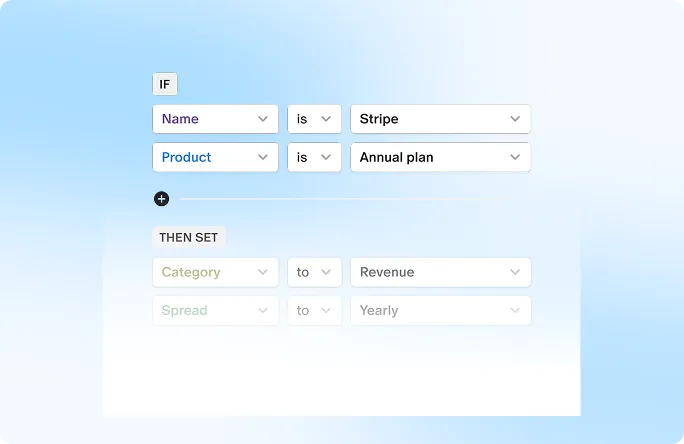Employee Stock Ownership Plans (ESOPs) are a valuable tool for businesses looking to attract and retain top talent, while also incentivizing employees to think and act like owners. However, managing and accounting for ESOPs can be complex and costly. To ensure that businesses can reap the full benefits of ESOPs without incurring unnecessary expenses, it is crucial to optimize ESOP accounting costs effectively.
In this article, we have compiled six essential tips that can help businesses streamline their ESOP accounting costs.
1. Understand the Different ESOP Structures and Their Accounting Implications
There are two primary ESOP structures: leveraged and non-leveraged. Leveraged ESOPs involve the ESOP trust borrowing money to purchase shares from selling shareholders, while non-leveraged ESOPs involve the company contributing cash or shares directly to the ESOP. Understanding the accounting implications of each structure is crucial for managing costs effectively.
For leveraged ESOPs, the debt of the ESOP is recorded as a liability on the balance sheet of the plan sponsor until the shares are no longer pledged as collateral. This can lead to increased leverage and reduced equity on the balance sheet. Non-leveraged ESOPs, on the other hand, do not involve debt and are generally less complex from an accounting perspective.
2. Streamline Data Collection and Processing
Automating data collection and processing is a crucial step toward optimizing ESOP accounting costs. Manual data entry is not only time-consuming but also prone to errors that can lead to costly discrepancies down the line. By integrating your ESOP accounting system with your payroll and HR software, you can ensure that employee information, compensation details, and stock allocations are seamlessly transferred.
Moreover, automated systems provide real-time data updates, enabling your accounting team to access accurate information when needed. This eliminates the need for constant back-and-forth communication between departments and prevents delays in processing transactions or addressing employee inquiries.
3. Implement Robust Reporting and Analysis
A well-designed reporting and analysis tool can be a game-changer for optimizing ESOP accounting costs. Beyond just tracking financial transactions, this tool should offer a range of insightful reports that provide a clear overview of your ESOP's performance. These reports could include information on stock valuations, contribution trends, and vesting schedules.
Analyzing this data allows you to identify patterns and trends, enabling you to make strategic decisions about your ESOP. For instance, you can adjust contribution strategies based on historical trends, allocate resources more efficiently, and forecast potential tax liabilities. These proactive measures can prevent financial surprises and reduce the need for reactive, costly interventions.
4. Leverage Technology for Compliance
Staying compliant with the complex regulatory landscape surrounding ESOPs is essential but can be resource intensive. This is where compliance software comes into play. By investing in specialized software, you can significantly reduce the risk of missing deadlines, filing incorrect documents, or facing penalties.
Compliance software can automatically track changes in regulations and adjust your ESOP's operations accordingly. This proactive approach saves your team time that would otherwise be spent researching and understanding these regulations. It also helps you confidently navigate audits and regulatory inquiries, which can be costly and time-consuming if mishandled.
5. Outsource Strategic Expertise
Outsourcing is a powerful strategy for optimizing ESOP accounting costs while maintaining accuracy and compliance. Collaborating with seasoned professionals who specialize in ESOP administration and accounting can be more cost-effective than hiring and training full-time staff for these specialized tasks.
Outsourcing offers the advantage of tapping into a wealth of knowledge and experience without the overhead costs associated with expanding your in-house team. These experts are well-versed in the intricacies of ESOP regulations, valuations, and reporting requirements. Their guidance can help you avoid potential pitfalls and navigate challenges with confidence, ultimately saving you money and resources.
6. Invest in Employee Education
While it might not seem immediately related to accounting costs, employee education is a strategic investment that can yield substantial savings over time. When employees have a solid understanding of how ESOPs work, they are less likely to require extensive support from your accounting and HR teams.
Provide workshops, online resources, and regular communications to keep employees informed about their ESOP benefits. When employees grasp concepts like vesting, taxation, and the mechanics of stock ownership, they can make informed decisions without needing constant guidance. This reduces the administrative burden on your accounting team, freeing them up to focus on higher-value tasks.
Conclusion
In conclusion, optimizing ESOP accounting costs is essential for businesses looking to maximize the benefits of employee stock ownership plans while minimizing unnecessary expenses. To achieve this, companies should focus on understanding the different ESOP structures and their accounting implications, streamlining data collection and processing, implementing robust reporting and analysis, leveraging technology for compliance, outsourcing strategic expertise, and investing in employee education.
These strategies contribute to a more efficient and successful ESOP program, enhancing the company's financial health and fostering a culture of ownership and engagement among employees. Incorporating these essential tips, businesses can optimize their ESOP accounting costs, maintain compliance, minimize unnecessary expenses, and make informed decisions for sustained success.
FAQs on ESOP Accounting
1. What is ESOP accounting?
ESOP accounting refers to the process of managing and recording the financial transactions related to an Employee Stock Ownership Plan (ESOP). This includes tracking the value of the ESOP, recording the related liabilities and expenses, and ensuring compliance with accounting standards and regulations.
2. How do you treat ESOP in accounting?
ESOPs are treated differently depending on their type. For non-leveraged ESOPs, contributions are made in cash or stock, and the plan sponsor receives a tax deduction equal to its ESOP contribution expense. For leveraged ESOPs, the debt of an ESOP should be recorded as a liability, and the offsetting debit to this liability should be accounted for as a reduction of shareholders' equity. Shares of an ESOP should be treated as outstanding
shares when determining earnings per share only when the shares have been released from the expense account.


 ESOP Management
ESOP Management

 Liquidity Solutions
Liquidity Solutions

 ESOP Consulting
ESOP Consulting

 Fund Management
Fund Management










































